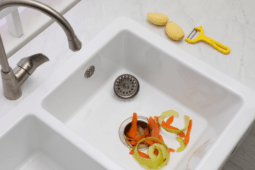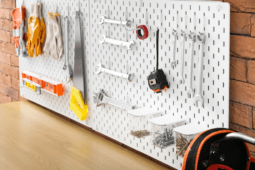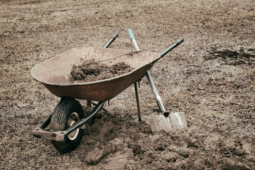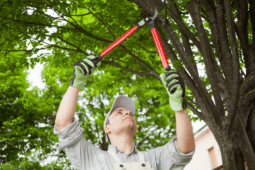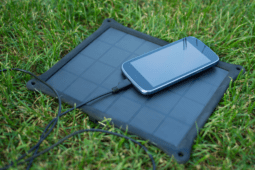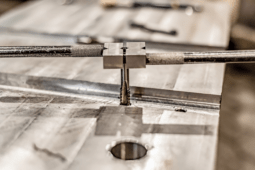A Guide to Building Your Own DIY Hydroponic System
In the ever-evolving world of modern gardening, DIY hydroponic systems have emerged as a groundbreaking solution for gardeners looking to maximize their yields, irrespective of their geographical location or the size of their living space. This innovative approach to gardening not only conserves water but also accelerates plant growth, offering a sustainable and efficient alternative to traditional soil-based cultivation.
By delving into the mechanics of setting up your own hydroponic system, this article aims to demystify the process, providing avid gardeners with the knowledge and confidence to embark on this rewarding journey towards creating a lush, vibrant garden that thrives all year round.
Hydroponic Systems and Their Benefits
This innovative approach to gardening involves growing plants without soil, using solutions rich in essential nutrients instead. The beauty of hydroponics lies in its versatility and efficiency, making it possible to cultivate herbs, vegetables, and even flowers in limited spaces like urban apartments or small backyards.
Not only does this method conserve space, but it also significantly reduces water usage compared to traditional gardening, as the water in hydroponic systems is recirculated and reused.
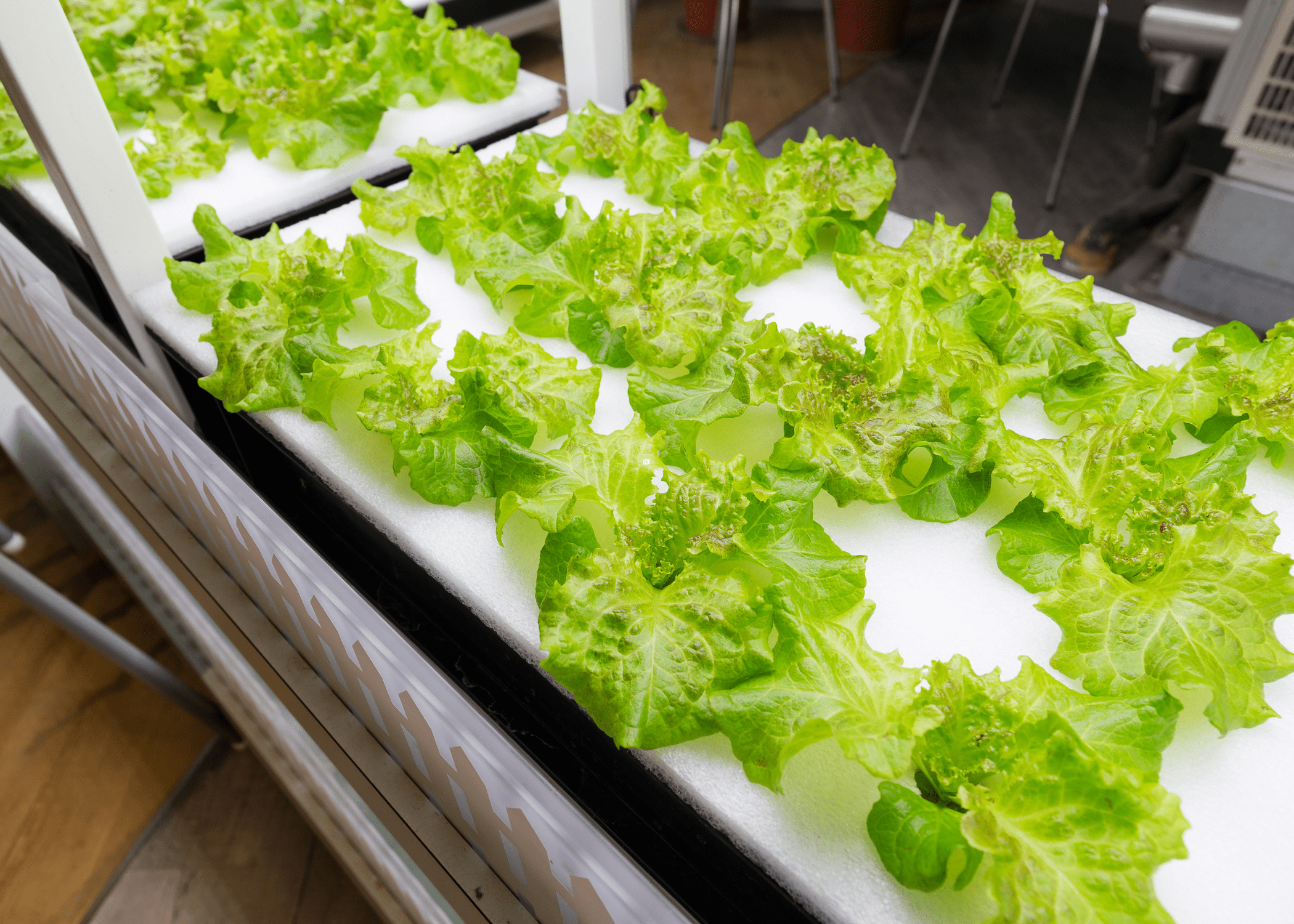
The benefits of a DIY hydroponic system extend beyond just space-saving and water conservation. These systems allow for faster plant growth and higher yields since the plants have direct access to nutrients and oxygen, which are delivered right to their roots.
Additionally, because the environment is controlled, plants are less likely to face diseases and pests commonly found in soil, reducing the need for chemical pesticides. This can lead to healthier, more organic produce. Enthusiasts also appreciate the year-round growing season that hydroponics offers, empowering them to enjoy fresh produce regardless of the weather conditions outside.
Essential Components
The heart of this system is the nutrient solution reservoir, which holds the water and essential mineral nutrients your plants need to thrive. A water pump is necessary to circulate this solution through the system, ensuring that the roots of your plants receive constant nourishment.
It’s also crucial to have a timer to automate the watering cycles, which helps maintain the ideal growing conditions without constant manual intervention.
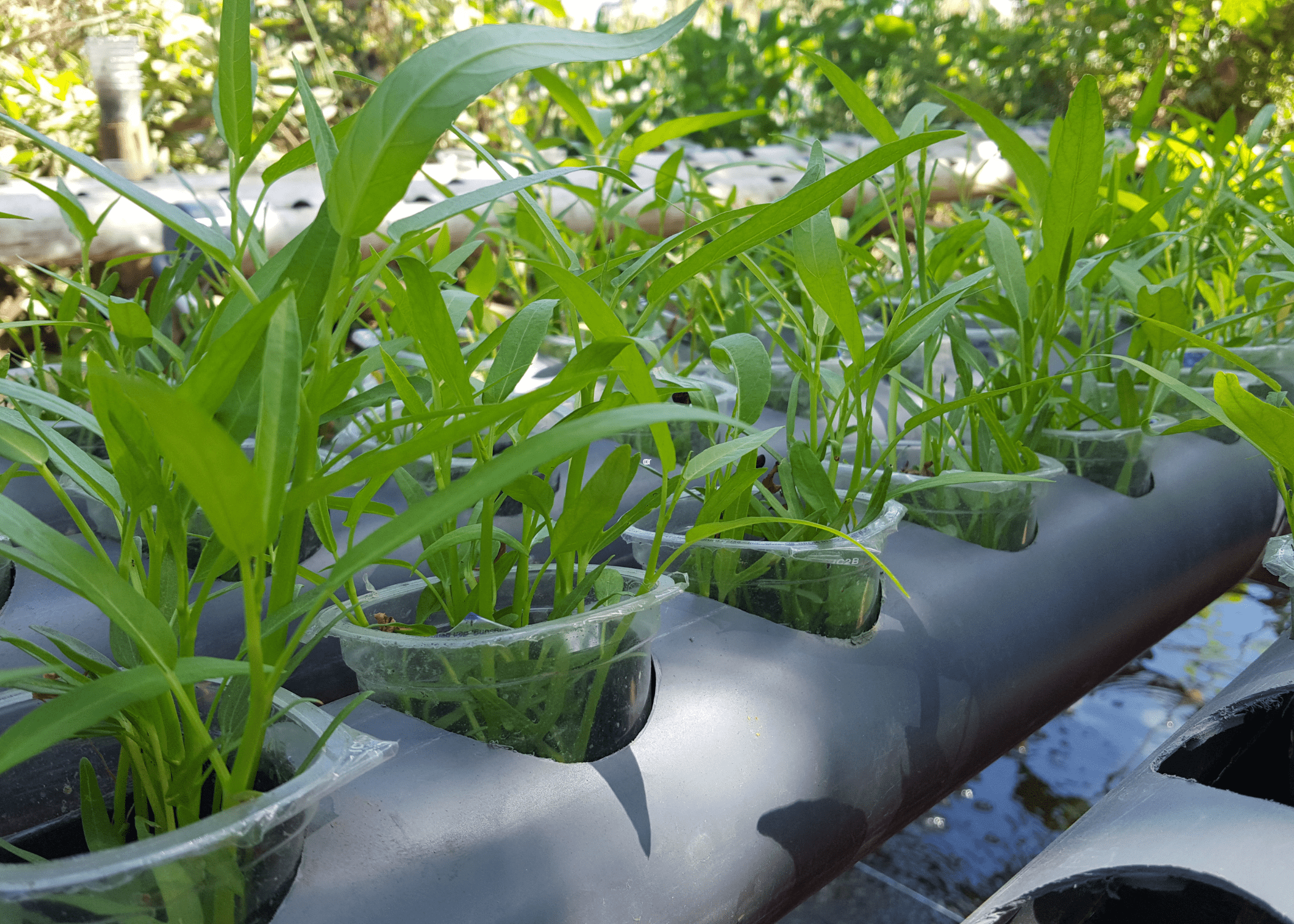
The grow tray or channels where your plants will reside are vital components. These should be properly sized and designed to fit the type of plants you are growing, allowing enough space for root development. Adequate lighting is another key factor, especially if your DIY hydroponic system is set up indoors.
LED grow lights are popular for their efficiency and effectiveness in providing the necessary light spectrum. Remember, the success of your system depends on the harmonious interaction of these elements, ensuring your plants get everything they need to grow healthily and vigorously.
Step-by-Step Guide to Assembling Your DIY Hydroponic System
Start by gathering all the necessary materials: a reservoir, submersible pump, tubing, grow trays or net pots, and an appropriate growing medium such as rockwool or hydroton clay pebbles.
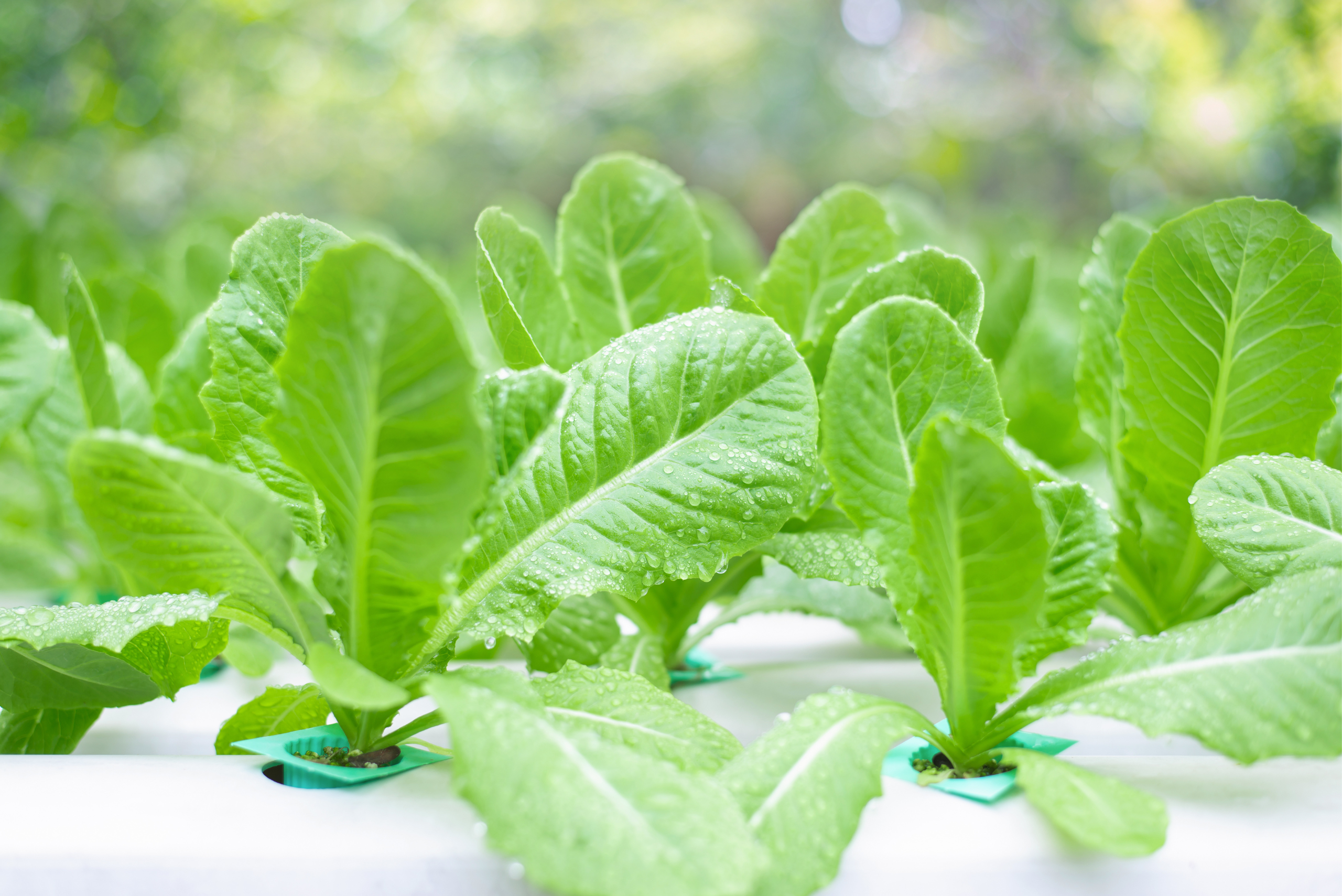
- First, position your reservoir, typically a large bucket or tank, in a location that supports the weight and has access to power for the pump.
- Attach the submersible pump inside the reservoir, ensuring it’s firmly secured and the power cord is safely routed to avoid any water contact.
- Next, connect the tubing from the pump to the grow trays or net pots, which will house your plants. (This setup will allow nutrient-rich water pumped from the reservoir to circulate through your system, feeding the plants continuously.)
- Carefully cut holes in the lids of the grow trays or use pre-made net pots, ensuring they are evenly spaced to allow each plant ample room to grow.
- Place your chosen growing medium into each pot, then transplant seedlings or plant seeds according to the needs of your selected crops.
- With everything connected and plants in place, fill the reservoir with a hydroponic nutrient solution, plug in the pump, and watch your indoor garden come to life.
Maintaining Your DIY Hydroponic System for Optimal Growth
Maintaining your DIY hydroponic system involves consistent monitoring and care to ensure your plants thrive. Regularly checking the pH levels of the water is crucial, as the correct balance can greatly affect plant growth. Ideally, the pH should be maintained between 5.5 and 6.5.
Adjusting pH levels can be done using pH up or down solutions, readily available at gardening stores. Additionally, keeping an eye on nutrient solutions is vital. These solutions feed your plants essential minerals and nutrients, which need replenishing as they are absorbed by the plants.
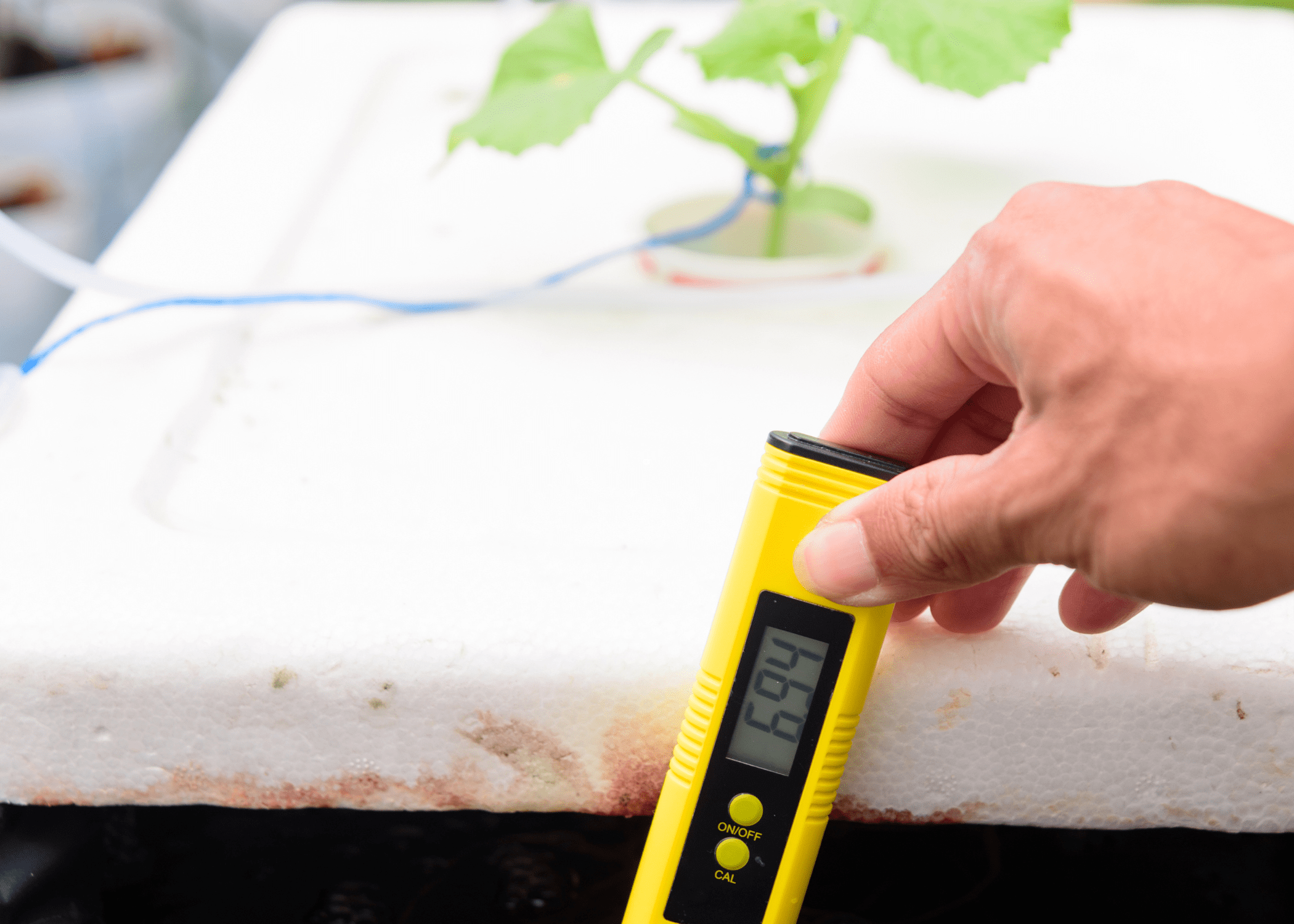
Another key aspect of upkeep is ensuring that the system’s water remains clean and free of debris. This means replacing the water and cleaning out any filters or pumps every few weeks to prevent clogs and maintain efficient nutrient circulation.
Watching for signs of plant distress, such as discolored leaves or stunted growth, can also indicate issues within your system that require attention, such as nutrient deficiencies or lighting problems. With these maintenance tips, your DIY hydroponic system is more likely to produce healthy, robust plants.
Tips on Water, Nutrient Solutions, and Light Management
The temperature of the water also affects plant health; aim to keep it between 65-75 degrees Fahrenheit. Stagnant water can lead to the growth of algae and pathogens, so implement a circulation system to keep the water moving and oxygenated, which helps prevent these issues and encourages healthy root development.
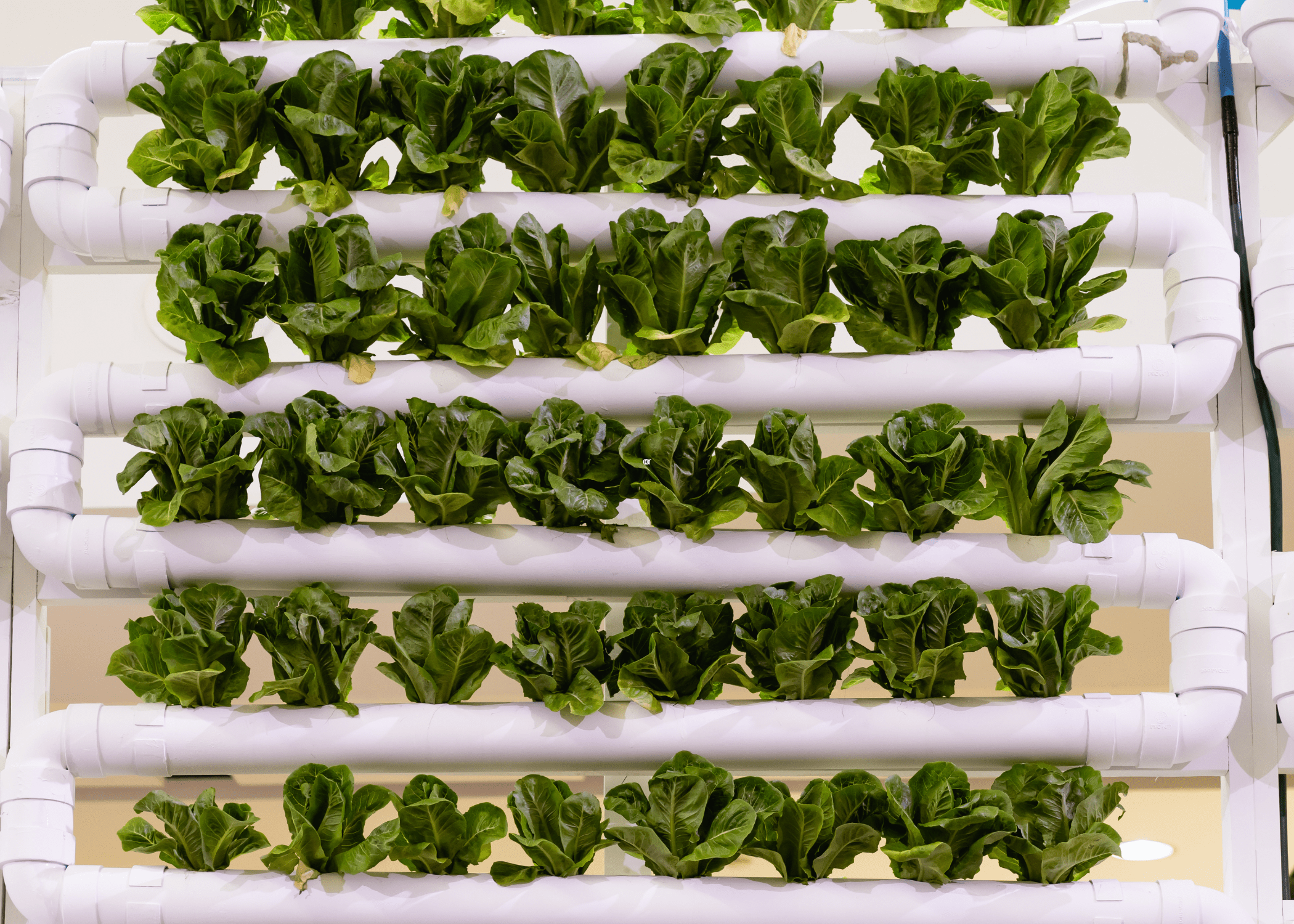
Equally important in your DIY hydroponic system is the quality of the nutrient solution and the lighting setup. A well-balanced nutrient solution should contain essential elements like nitrogen, potassium, and phosphorus, along with trace minerals such as calcium and magnesium.
Change the solution every two weeks to maintain nutrient richness. For lighting, LED grow lights are highly efficient and provide the broad spectrum of light needed by plants to photosynthesize properly. Position the lights close enough to deliver intense, direct light but far enough away to prevent leaf burn, adjusting as your plants grow.
Troubleshooting Common Issues in DIY Hydroponic Systems
Poor circulation can lead to algae growth and root diseases. To mitigate this, ensure that your system’s pumps and air stones are functioning correctly and that water is evenly distributed throughout. Regularly cleaning the system components and replacing water every few weeks can also prevent the buildup of harmful pathogens.
Another typical issue that many enthusiasts face is nutrient imbalances, which can manifest as discolored leaves or stunted plant growth. Ensuring accurate pH and nutrient levels can greatly influence your system’s effectiveness. Regular monitoring and adjusting of the nutrient solution, ideally with a pH and EC meter, ensures that plants receive the optimal conditions for growth.
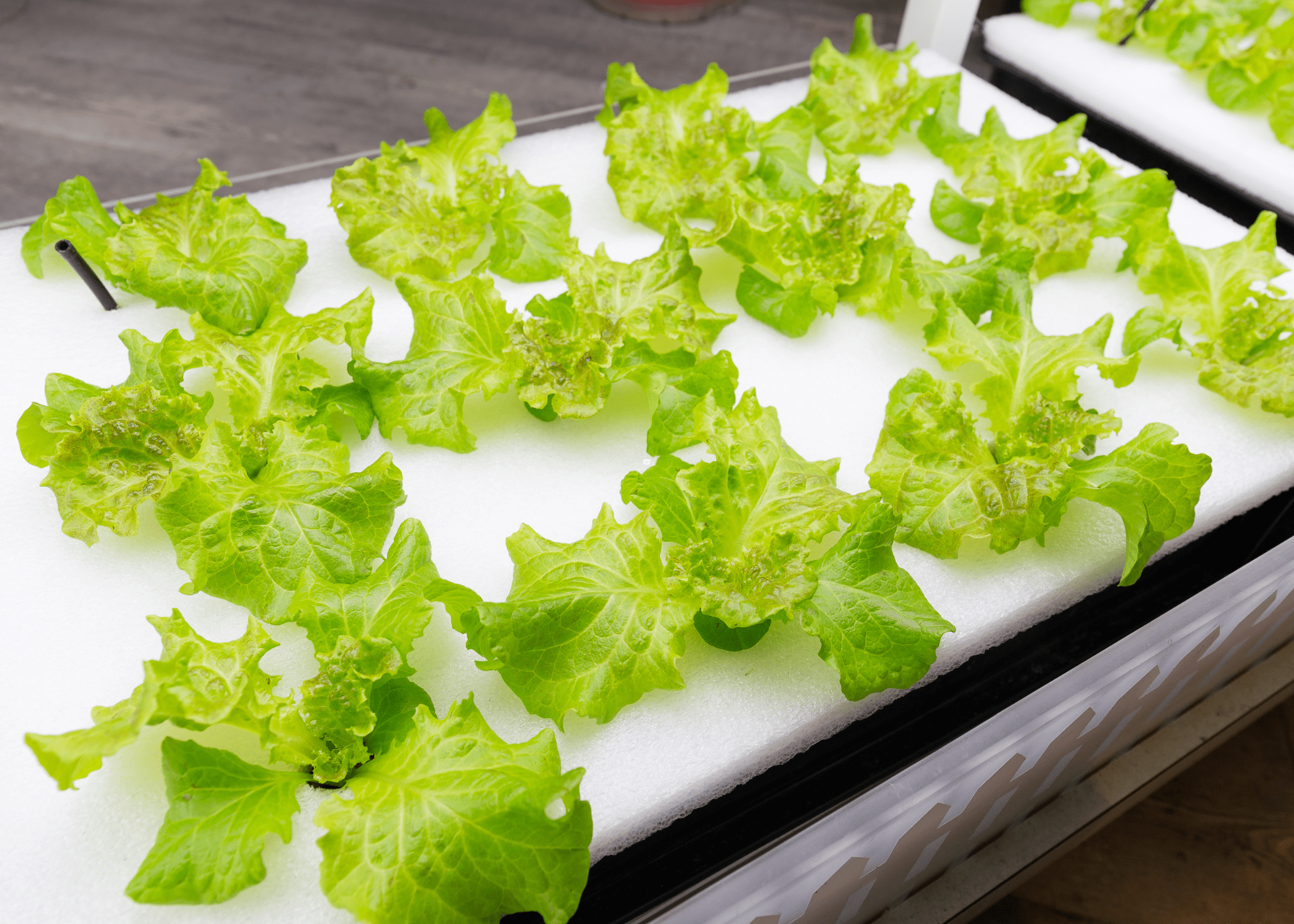
Another frequent challenge is dealing with algae growth, which thrives in nutrient-rich environments exposed to light. Algae can clog the system and compete with your plants for nutrients and oxygen, leading to poor plant health.
To combat this, consider covering any exposed surfaces of your nutrient solution and maintaining a clean system. Regular cleaning schedules, along with strategic placement of system components to minimize light exposure to the nutrient solution, can significantly reduce the risk of algae blooms, keeping your DIY hydroponic system running smoothly.
Related Articles
- How to Guide for Creating a DIY Planter Box
- Easy Guide To Growing Your Own Food: Starting Plants Indoors
- Craft Your Own DIY Self-Watering Planters
The simplicity and effectiveness of a DIY hydroponic system invite gardeners at every skill level to experiment and enhance their green thumbs. So, whether you’re a seasoned gardener or a curious beginner, embracing this soil-less gardening technique could lead to not only bountiful harvests but also a deeper understanding of plant care and resource management
Ready to start your next project? Join our DIY community to receive tool tips, how-to guides, and exclusive creative insights. Subscribe to the ManMadeDIY newsletter now! Click here to unlock a world of hands-on inspiration.
Frequently Asked Questions (FAQs)
What is a DIY hydroponic garden?
A DIY hydroponic garden is a setup that allows you to grow plants without soil, using mineral nutrient solutions in a water solvent. This method can be assembled at home with various levels of complexity, ranging from simple, single-plant setups to larger, more intricate systems.
How does a hydroponic system work?
In a hydroponic system, plants are grown with their roots immersed in a nutrient-rich solution or, occasionally, in an inert medium such as perlite, gravel, or coconut coir. The key principle is to provide plants with a direct supply of water and nutrients to their roots, often with added oxygen, enhancing growth, yield, and efficiency.
What are the benefits of a DIY hydroponic garden?
The benefits include faster plant growth, higher yields, less water usage compared to traditional gardening, the absence of weeds, and the ability to grow plants in smaller spaces or indoors. Additionally, it can be a fun and educational DIY project.
What plants can I grow in a hydroponic garden?
Almost any herb, leafy green, or vegetable can be grown hydroponically. Popular choices include lettuce, spinach, strawberries, tomatoes, cucumbers, and herbs like basil and mint. Some plants may require more advanced setups, especially larger fruiting plants or root vegetables.
Do I need special equipment to start a DIY hydroponic garden?
Basic hydroponic systems can be quite simple and require minimal equipment, often items you already have at home. Key components include a container or reservoir for the nutrient solution, a water pump for circulation, grow lights (for indoor gardens), and a growing medium if not using a water culture system. More advanced systems may require additional components like timers, pH meters, and nutrient meters.
Is a hydroponic garden expensive to set up and maintain?
The initial setup cost can vary widely based on the complexity of the system and whether you DIY most components or buy a ready-made kit. Maintenance costs are generally low, primarily involving nutrient solution replenishments and electricity for water pumps and grow lights. Over time, the efficiency and higher yield of hydroponic systems can offset the initial investment.
Can I set up a hydroponic garden indoors?
Yes, one of the advantages of hydroponic systems is their versatility, allowing them to be set up indoors, provided there is sufficient light. If natural light is limited, grow lights can be used to ensure plants receive the necessary light spectrum for photosynthesis. This makes it possible to grow fresh vegetables and herbs year-round, regardless of outdoor weather conditions.


